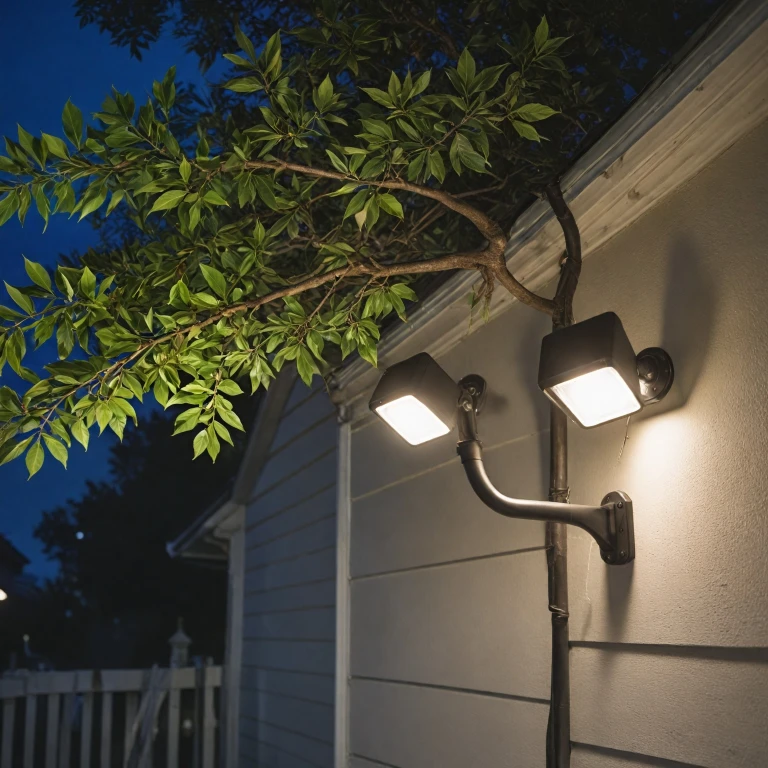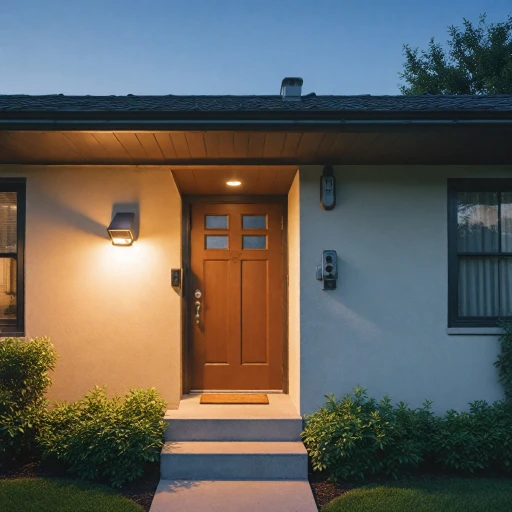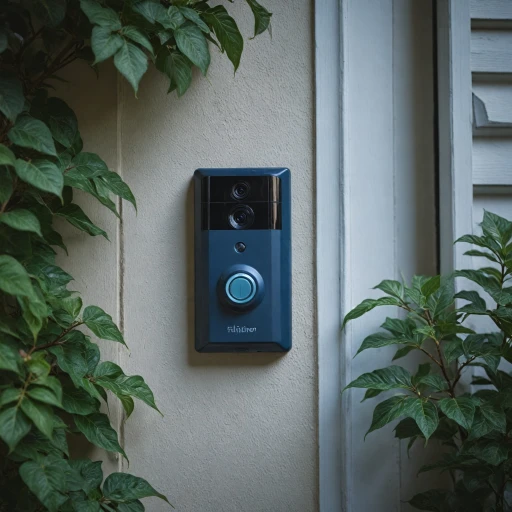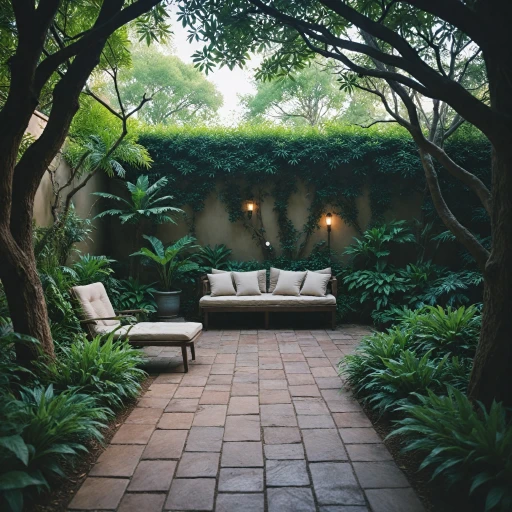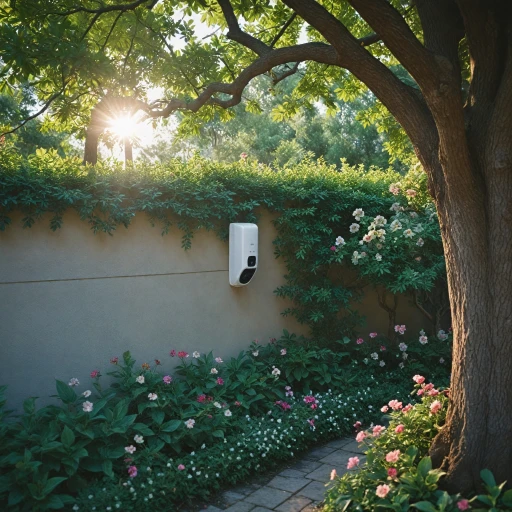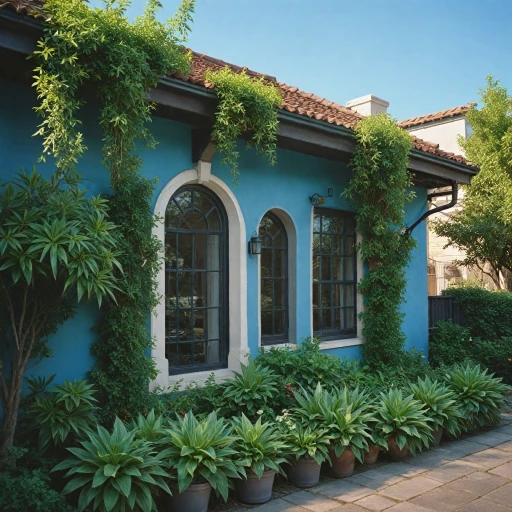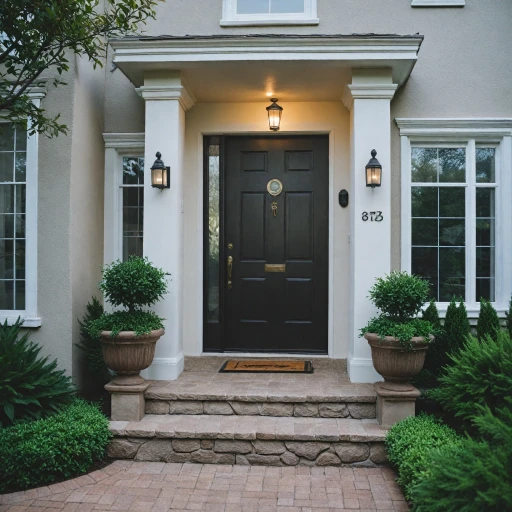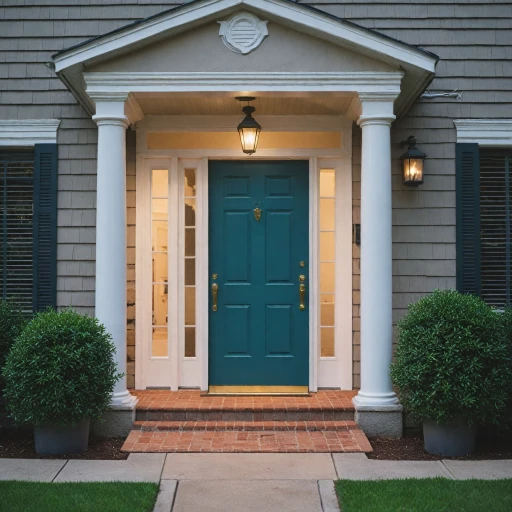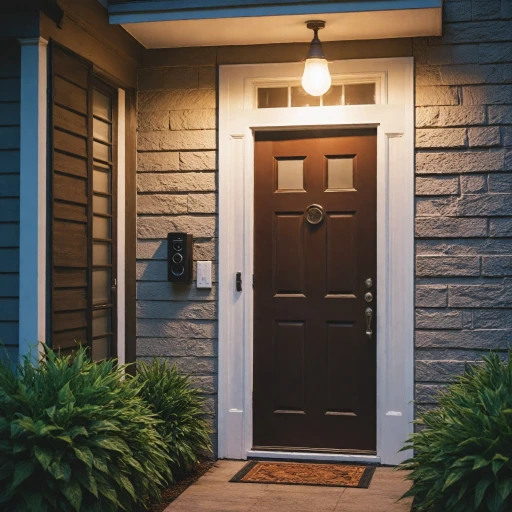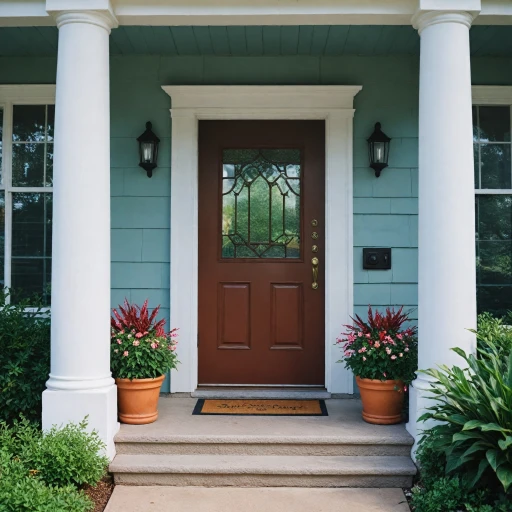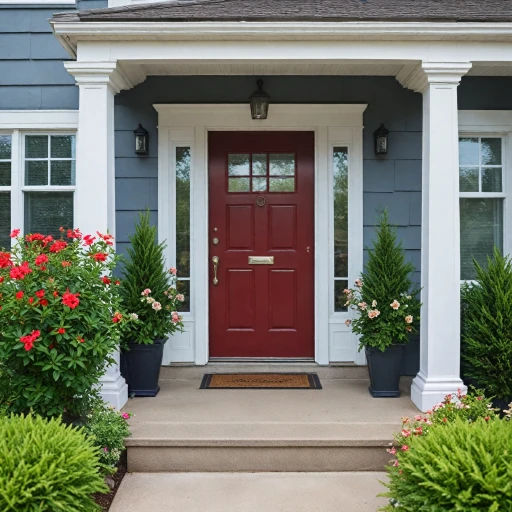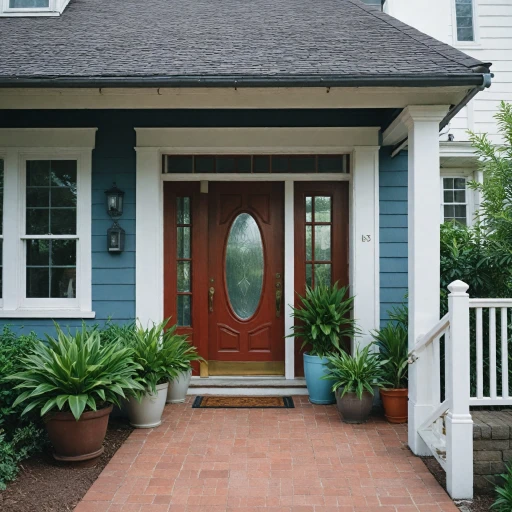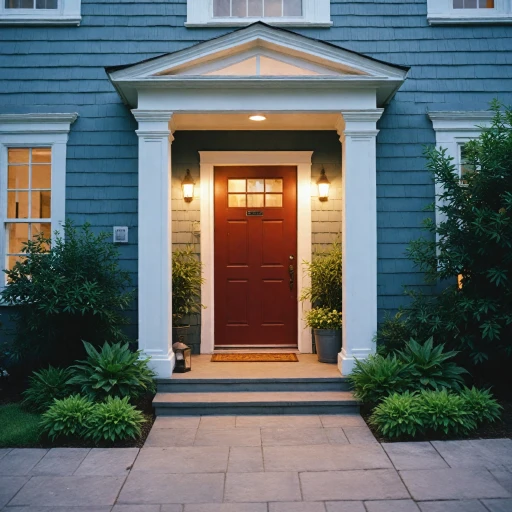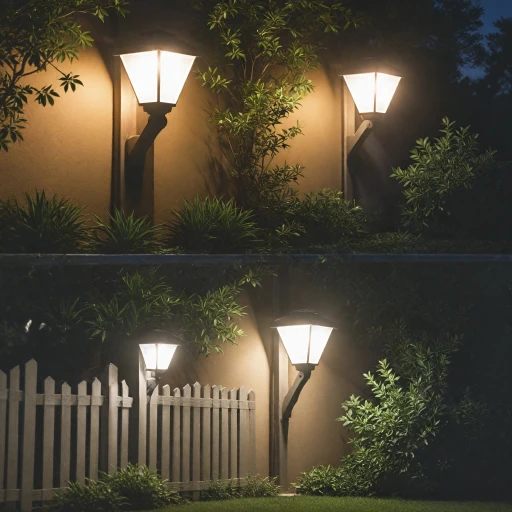
Understanding Your Security Needs
Assessing Your Home Security Requirements
Evaluating your specific security needs is crucial when weighing options for floodlight security systems versus standalone cameras. Your current security situation, geographic location, and the layout of your home can all impact your decision.
Begin by considering the vulnerability of various areas around your property. Are there certain spots that might benefit from enhanced lighting and motion detection? Floodlight cameras could be particularly useful in darker, less visible areas where lighting is inadequate.
Do you require real-time alerts communicated via an app on your smartphone? Many users prioritize receiving immediate notifications for any detected movement. This feature is prominent in both floodlight security systems and standalone options, allowing for quick action in the event of suspicious activity.
Moreover, consider the level of video quality and field view you deem necessary. If you strive for high-definition footage and comprehensive coverage of your perimeter, both solutions offer excellent options. Field view and night vision capabilities of cameras like the google nest cam or eufy floodlight can provide a complete visual account of your property surroundings.
Finally, storage options play an integral role in selecting the best outdoor security cameras. Whether you opt for local or cloud-based storage, ensuring your video footage is easily accessible is important for peace of mind. Security cameras with motion detection can help optimize storage by recording only when movements are detected.
Understanding these elements not only helps you identify the best options for your circumstances but sets the foundation for exploring integrated lighting solutions and options for standalone devices in subsequent sections.
Features of Floodlight Security Systems
Exploring the Key Characteristics of Floodlight Security Systems
For those considering an upgrade to their home security, evaluating the features of floodlight security systems is crucial. These advanced devices are designed to bolster outdoor security while simultaneously enhancing lighting around your property.- Motion Detection: Floodlight cameras boast sophisticated motion detection capabilities. When movement is detected, the system activates the lights and begins recording. This dual function serves as both a deterrent and an evidence-gathering tool.
- Illumination & Lighting: The integrated lighting systems in floodlight cameras provide powerful illumination, ensuring that no corner of your outdoor space is left in the dark. This feature not only aids in surveillance but also adds an element of safety as you navigate your property at night.
- Video Quality: High-definition video quality is a standard feature, enabling you to view detailed footage. Many models offer night vision capabilities, ensuring reliable video quality in low-light conditions.
- Smart Technology: Compatibility with smart home systems, including Amazon Alexa and Google Nest, is becoming more prevalent. These integrations allow for seamless control and notifications through mobile apps, ensuring you receive real-time alerts directly on your device.
- Field of View: Many floodlight cameras provide a wide field of view, capturing large areas of your property. Advanced options may include pan, tilt, and zoom features for an even more comprehensive coverage.
- Storage Solutions: Consideration of video storage is important. Options typically include cloud storage, where video footage is stored remotely for easy access, or local storage, which can be more secure and does not require a subscription.
Advantages of Standalone Cameras
Standalone Security Cameras: A Flexible Solution
Standalone security cameras are increasingly popular for many households, often regarded for their adaptability and ease of use. Here's why they might be the best choice for your security needs. Standalone cameras offer flexibility in terms of placement. Whether installed at your front door, backyard, or any other location, these devices provide a tailored security solution. Unlike floodlight cameras that combine lighting features, standalone cameras focus solely on video surveillance, making them a versatile option for various environments. Modern security cameras offer impressive features, such as motion detection and real-time alerts. This capability allows you to monitor any unusual activity via a connected app, ensuring you are promptly informed. Brands like Lorex, Eufy, and Nest Cam provide high-quality devices with night vision and smart integration, such as with Amazon Alexa and Google Nest, enhancing your overall security system functionality. Video quality is a critical aspect, and standalone cameras often deliver high-resolution footage, offering a clearer view of activities happening in your vicinity. Some models even include pan tilt capabilities, allowing you to adjust the camera's field view remotely via an app for optimal surveillance coverage. Wireless models further add to the convenience, eliminating the need for intricate wiring and simplifying the installation process. Moreover, these cameras often come with options for cloud storage, preserving footage so you can access it when necessary. However, consider any additional costs associated with storage plans when evaluating your options. Ultimately, standalone security cameras offer distinct advantages. Their ability to adapt to various settings, coupled with advanced features like video streaming and motion alerts, make them an excellent security asset. For more insights into exploring the top features of ring doorbells, consider checking out our detailed guide.Cost Considerations
Evaluating the Cost Factors
When deciding between floodlight security systems and standalone cameras, cost is inevitably a significant factor. Here's what you need to consider:- Initial Investment: Floodlight cameras, due to their dual function of providing both lighting and security, tend to have a higher upfront cost compared to standalone cameras. However, they offer the added value of a built-in light which can reduce the need for additional outdoor lighting purchases.
- Installation Costs: Both types of cameras can have installation costs, but these may vary depending on your tech-savvy level. Floodlight cameras may require professional installation to ensure optimal coverage and wiring, especially if they are connected to the home's electricity supply. Conversely, standalone cameras, particularly wireless ones, are often simpler to set up and may incur lower installation costs.
- Subscription Fees: Many modern security cameras come with options for cloud storage and additional features, accessible through a subscription. Floodlight cameras, with features such as night vision and motion detection alerts, often offer such services. Standalone cameras provide similar subscription models, so it's worthwhile comparing costs for cloud storage and features to determine what suits your needs best.
- Long-term Savings: While both systems come with ongoing costs, like electricity for floodlight cameras or battery replacements for wireless standalone cameras, the real-time alerts and deterrence features can potentially lead to savings by preventing theft and vandalism.
- Product Brands and Variants: Renowned setups such as Google Nest, Lorex, and the Eufy Floodlight camera bring varied price points but also variations in video quality, motion detection precision, and field of view. Balancing brand reputation with cost will help ensure you're making a financially sound decision.
Installation and Setup
Installation and Setup Tips
When it comes to setting up your security system, whether you choose a floodlight security setup or standalone cameras, each option has its unique considerations. Here's what you should consider for a smooth installation:
- Understanding Installation Requirements: Floodlight cameras often involve replacing existing light fixtures. This can require some electrical knowledge, so it may be best to hire a professional if you're not comfortable with wiring. Standalone cameras, on the other hand, can be more versatile in terms of placement, often requiring just a secured bracket and a power source.
- Wireless Connectivity: Both cameras and floodlight security setups usually require a Wi-Fi connection for live view and receiving real-time alerts through an app. Ensure that your home’s Wi-Fi signal is strong enough to reach the installation site, whether it be an outdoor floodlight or a standalone unit.
- Power Source Considerations: Floodlight security systems need a continuous power supply, typically hardwired into your home’s electricity system. Standalone cameras might offer more flexibility with options like battery power or solar charging, reducing dependency on fixed power sources.
- Integration with Smart Home Systems: Ensure compatibility with your existing smart home setups, such as integration with Amazon Alexa or Google Nest systems. Alexa and Google integrations allow for voice control and easier management of your security cameras.
- Adjusting Field of View and Detection Settings: Once installed, it's important to adjust the camera’s field of view and motion detection settings according to your security needs. Most devices provide customizable options to reduce false alerts and optimize video quality. Consider the coverage area you need, whether it’s a wide field of view for floodlight cameras or focused angles for standalone ones.
- Storage Solutions: Think about the video storage options you'll require. Options range from cloud storage subscriptions to local storage facilitated by devices like the eufy floodlight or other security cameras with night vision capabilities. Cloud storage offers the benefit of secure, off-site video storage but may incur additional monthly fees.
By addressing these installation and setup considerations, you'll ensure that your chosen security option functions optimally to safeguard your home.
